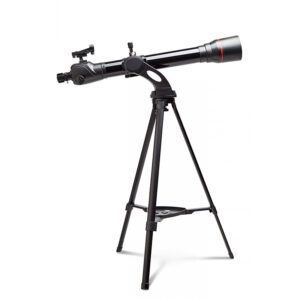Introduction to the James Webb Space Telescope (James Webb Telescope)
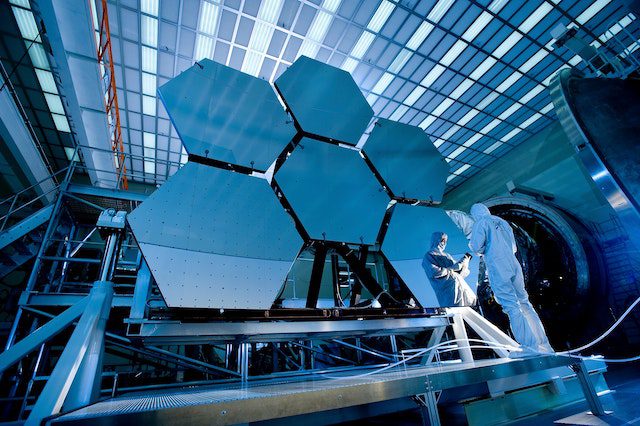
The James Webb Space Telescope, often simply referred to as the James Webb Telescope, represents a significant leap in our ability to observe the cosmos. This telescope is not just a simple tool, but a complex space-based observatory, that promises to unlock secrets about our universe and its origins.
The James Webb Telescope is the result of an international collaboration of about 17 countries directed by three major space agencies – the National Aeronautics and Space Administration (NASA) of the United States, the European Space Agency (ESA) from Europe, and the Canadian Space Agency (CSA) from Canada. Each agency has contributed grandly to the overall design, development, and upcoming operation of the spacecraft.
NASA, being the largest contributor, designed and constructed the telescope’s optical telescope element – the mirrors and the sunshield. In addition to this, NASA also provided the Integrated Science Instrument Module – the hub for its scientific instruments.
On the other hand, the ESA contributed one of the telescope’s main scientific instruments and the rocket that will transport the telescope to its destination in orbit. ESA’s role heightens the truly international cooperation that the James Webb Telescope represents.
Canada, the third agency, also made significant contributions providing both funds and a vital instrument that will help in studying stars and galaxies far beyond our own.
Named after James E. Webb, the second administrator of NASA, who played a pivotal role in the Apollo missions, the telescope stands as a testament to his vision of always stretching the boundaries of the possible. Webb advocated for a broader scope for NASA, one that included researching the space phenomena that leads to the understanding of the cosmos – a legacy that the James Webb Telescope will carry and continue.
All in all, these collective efforts have built what is considered the most powerful space telescope, the James Webb Space Telescope, which is to become one of humanity’s leading tools for exploring the cosmos in unprecedented detail.
Purpose and Goals:
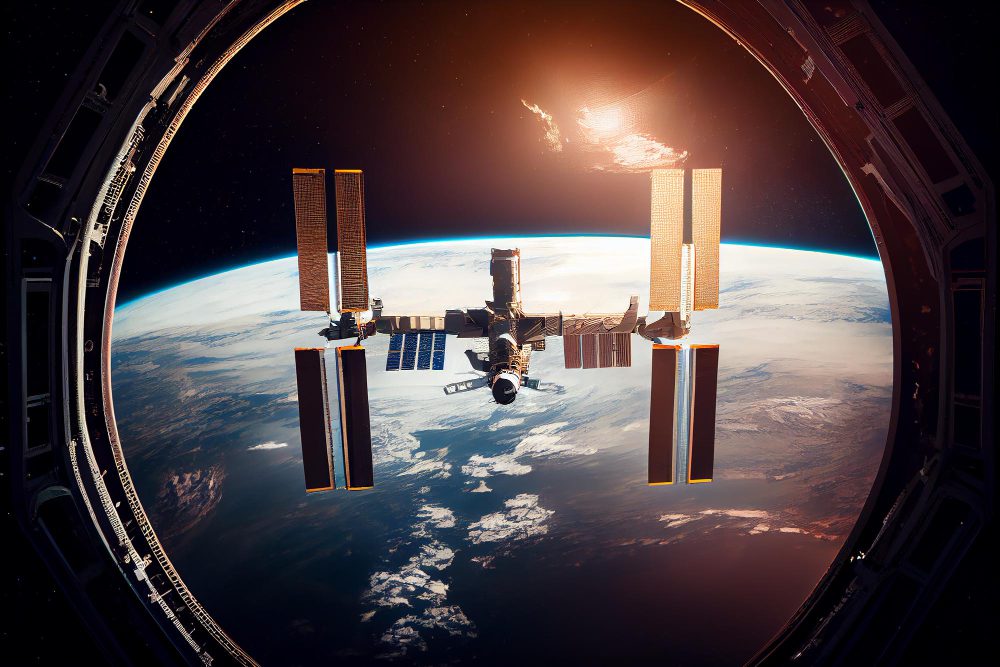
The primary purpose of the James Webb Space Telescope is to succeed the Hubble Space Telescope, which revolutionized our understanding of the universe for over three decades. While Hubble excelled at observing visible and ultraviolet light, the James Webb Telescope is designed to primarily observe infrared light, which allows it to look further back in time. This characteristic makes it highly suitable for achieving its main goal – to expand our understanding of the universe.
This expansion of understanding encompasses studying every phase in our universe’s history, including the period just after the Big Bang, the formation of star systems potent to support life, up to the evolution of our own Solar System. Specifically, scientists hope to observe some of the first galaxies ever formed, allowing them to look at the universe as it was about 200 million years after the Big Bang. It is anticipated that these observations will fill gaps in our current knowledge and lead to new astrophysical theories.
Unique Features of the James Webb Space Telescope:
In terms of its features, the James Webb Space Telescope is unmatched. One of its standout features is its larger and segmented primary mirror, which is about 2.7 times larger in diameter than Hubble’s single-piece primary mirror. Its 18 hexagonal mirror segments collectively measure 6.5 meters in diameter, set to provide seven times more collecting area.
Apart from the size, the mirror is also specifically optimized for infrared light, allowing for much higher resolution and sensitivity in capturing infrared radiation from objects in space. This ability is crucial for observing distant astronomical phenomena, many of which are best understood by studying the infrared portion of the spectrum.
Another key feature of the James Webb Telescope is its sunshield technology used for thermal management. The sunshield is the size of a tennis court and made up of five thin layers of a special, heat-resistant material. It’s designed to protect the telescope from the light and heat of the Sun, Earth, and Moon, as it needs to be incredibly cold to observe in infrared effectively. This thermal protection will help keep the telescope’s instruments at their optimal operating temperatures, making it possible to capture unprecedentedly detailed images of the cosmos.
The combination of all these features makes the James Webb Space Telescope a landmark project and one of humanity’s most fascinating tools to explore the cosmos in greater depth.
Scientific Instruments Onboard:

At the core of the James Webb Space Telescope is the Integrated Science Instrument Module (ISIM), which serves as the heart of the observing capabilities of this remarkable tool. The ISIM is a collection of four state-of-the-art instruments, each with its own unique capabilities and research goals.
Near InfraRed Camera (NIRCam) – This instrument is designed to observe the formation of stars and the evolution of galaxies, giving us insight into how our universe developed.
Near InfraRed Spectrograph (NIRSpec) – This tool will enable astronomers to examine the light from hundreds of distant galaxies simultaneously. This would allow us to further understand the formation and evolution of galaxies.
Mid-InfraRed Instrument (MIRI) – This instrument has both a camera and a spectrograph that observes light in the mid-infrared range of the spectrum, which can provide information about the early universe, the formation of galaxies, and the physical and chemical properties of comets and asteroids.
Fine Guidance Sensor/Near InfraRed Imager and Slitless Spectrograph (FGS/NIRISS) – This instrument provides three crucial services for the James Webb Space Telescope. It ensures the telescope’s stable pointing, produces images, and supplies a unique method to find the earliest and most distant galaxies in the Universe.
Mission Timeline of the James Webb Telescope:
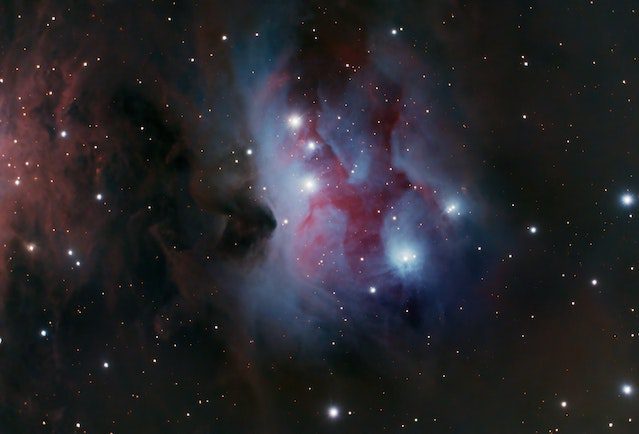
The development, launch, and operation phases of the James Webb Telescope have seen a series of significant milestones:
Initiation Phase (1996 – 2002): The initial concepts for a Next Generation Space Telescope were developed, leading to the project’s formal naming as the James Webb Space Telescope in 2002.
Development Phase (2002 – 2016): During these years, various technologies for the telescope were developed, tested, and verified. This includes the development of the scientific instruments, the sunshield, and the mirrors.
Construction and Testing Phase (2016 – 2021): This period saw the assembly of the telescope’s main components and several rigorous tests to ensure the telescope can endure the harsh conditions of space.
Launch and Deployment (2021): The telescope was launched successfully and then underwent a carefully choreographed series of deployments to unfold the telescope in space.
Operational Phase (2022 – and beyond): As of now, the James Webb Space Telescope is operating and has started its mission of observing the universe in far greater detail than ever before.
Through these stages, the James Webb Telescope opens a new window to the cosmos and sets the stage for many astronomical discoveries in the decades to come.
Project Partners and their Contributions:
The success of the James Webb Space Telescope project can be attributed to the dynamic collaboration among three major stakeholders: NASA, the ESA, and the CSA.

NASA: As the prime agency, NASA was primarily responsible for the construction of the James Webb Space Telescope, its overall project management, and the development of telescope optics. They provided the optical telescope element and the Integrated Science Instrument Module (ISIM). The NASA Goddard Space Flight Center manages the project, and the Space Telescope Science Institute operates Webb after launch.
ESA: The European Space Agency’s contributions were multifaceted. They helped with the development of the NIRSpec – a crucial instrument for the observation of distant celestial bodies. They also facilitated the launch of the telescope by providing the Ariane 5 rocket.
CSA: The Canadian Space Agency supplied the Fine Guidance Sensor (FGS), an instrument that ensures the ultra-stable pointing accuracy needed by Webb. They also provided the Near InfraRed Imager and Slitless Spectrograph (NIRISS), which is valuable for studying the earliest and most distant objects in the universe.
The Potential Scientific Impact of the Telescope:
The James Webb Space Telescope is considered a “time machine” that could help uncover mysteries surrounding the birth of the universe. It will provide unprecedented data and could potentially revolutionize our understanding of the universe. It is expected to probe the most distant galaxies, giving clues about the formation of stars and planetary systems. The telescope’s work will shed light on “dark matter” and “dark energy,” and could uncover signs of life beyond Earth, thus having a profound impact on astrophysics and cosmology.
Conclusion:
The James Webb Space Telescope is a testament to international cooperation and human ingenuity. Its potential global impacts are vast. Not only will it provide unprecedented data for scientific advancement, but it will also inspire the next generation of scientists, engineers, and the general public. The expected discoveries and breakthroughs will not only propel our comprehension of the universe but also highlight our place within it. The James Webb Telescope unarguably marks the dawn of a new era in space exploration – an era of discovery and understanding beyond our wildest dreams.
